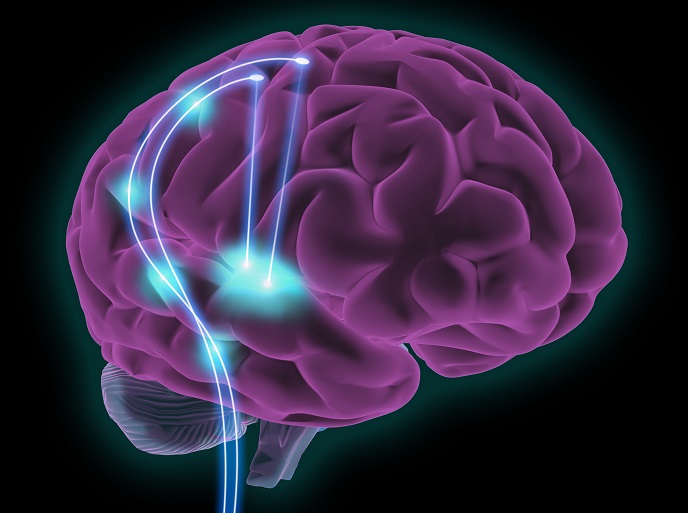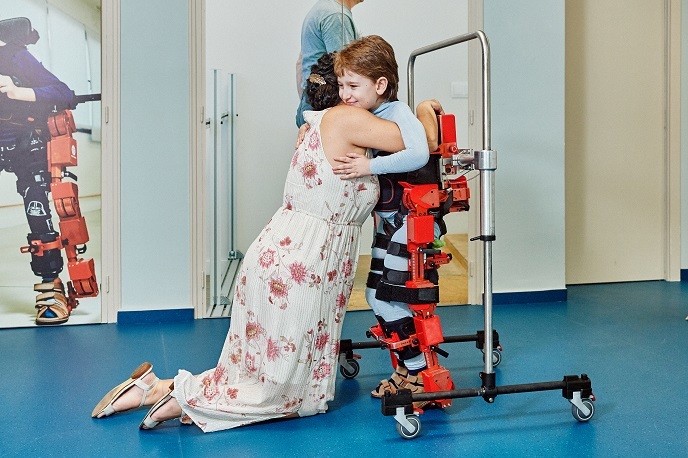Electronic bladder control
All too often spinal cord injury results in neurogenic incontinence. This is a debilitating condition when the bladder can empty without the conscious control of the patient. Project partners of the consortium REBEC NEUROMODULATION have investigated the development of an electronic device to detect when there are signals for the bladder to empty involuntarily. The system operates on the basis of the so-called detrusor signals to empty the bladder being used to suppress the resulting contraction. This stimulation is termed 'conditional neuromodulation' and is therefore only initiated when required. It involves electronic circuitry to detect the onset of the contraction that would empty the bladder together with a feedback pathway to prevent it. Implementation of this would significantly increase bladder capacity. The team's intentions are to continue research using this project as a base and achieve complete bladder control. To accomplish this, stimulation of an anterior nerve root is also required for emptying of the bladder. The outcomes of this continued research will help to improve the quality of life for people with traumatic spinal cord lesions. As a result, it can improve the chances of rapid rehabilitation after such injuries. Furthermore, it could be used in any signalling device where implantable electrodes are required.







